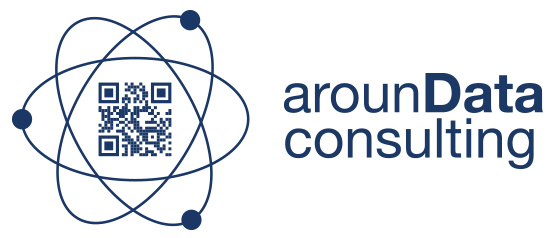In a recent blog, I discussed how to ensure the success for a PIM initiative through setting the right foundation.
In this post and based on my experience, I address operational points that managers tend to neglect or underestimate.
These points are: Data Quality, Change Management and User Experience.
To benefit from the power of a PIM solution (and not a tool), it is important to take them into consideration when building the project (time and resource).
If the correct resources are not allocated during the project, they can rapidly become pain point for the deployment of a PIM solution and may derail it.
(I assume that user’s needs and specifications are well defined).
The first point is data quality
This is the most critical point of a PIM project. Organizations tend not to recognize the poor quality of their data.
This quality is often over-estimated and therefore not important in the roadmap of a PIM project.
It is during the migration of data, therefore in the second half of a project, that one realizes that the quality of the data is not good and does not benefit from the advantages of the PIM.
Quality will concern, for example
==> Dates availability of the product and their consistencies v / s other dates
==> Are the product descriptions homogeneous, following the same rule allowing a quick reading by a prospect
==> And many other attributes
The consequences of a poor data quality are the rejection of the solution by users because it will not have responded to the unconscious need to improve the quality of the data among all data consumers.
Over time, data quality will deteriorate, because there is a new data management tool and therefore we will need to put in place intermediate solutions excel type to remedy or keep the same behaviors.
I will always remember the comment from the data manager after setting up a data management solution for a European brewer: “How were we doing before?”
The second point is change management
The PIM will centralize all data related to the product. By centralizing the data, the PIM must provide more flexibility and responsiveness in the flow of product information within a company.
During the project workshops, users often tend to want to reproduce their methods and ways of working.
However, this centralization of data must lead to changes in:
==> Definition of responsibilities for data and attributes.
For example, completing a product end date will lead to the devaluation of stocks of raw materials and packaging related to the production of these products.
==> Data flow: There will be no need for excel files that circulate with different versions and responsibilities. Reorganizing workflows, in order to profit from a PIM solution will save lot of time,
Thus, with two elements, it is clear that the company must properly address the management of change during a PIM project in order to benefit from the full power of the IMP.
The project must be less focused on technology and more on impacts on jobs and their daily life (reduction of time to market, impact on numbers …)
Few companies pay attention to this point because the accompaniment and the management of the change correspond to a line of the estimate (see are non-existent)
The risk of not taking this into account is to add a layer of complexity with new software that will add to the process.
The third point is User Experience UX
With more and more business applications, either in the cloud or in the cloud, employees expect user experience similar to those they may have in the use of software in their privacy.
This user experience plays a very important role in the effectiveness of the solutions. It is one of the elements that will determine the success and adoption of the IMP.
This user experience is too often neglected during tenders and during the project. Technological choices impose a complexity of the PIM project.
Taking these points into account will allow a painless PIM implementation. They will favor a smooth and natural integration of the PIM SOLUTION within your organization (and not just a software or a tool)
(One easily can change a software and less easily a solution)
A PIM solution will thus transform an organization and favor the culture of service.
Do not hesitate to contact us for more information or exchanges.
Email : info@aroundata.com
